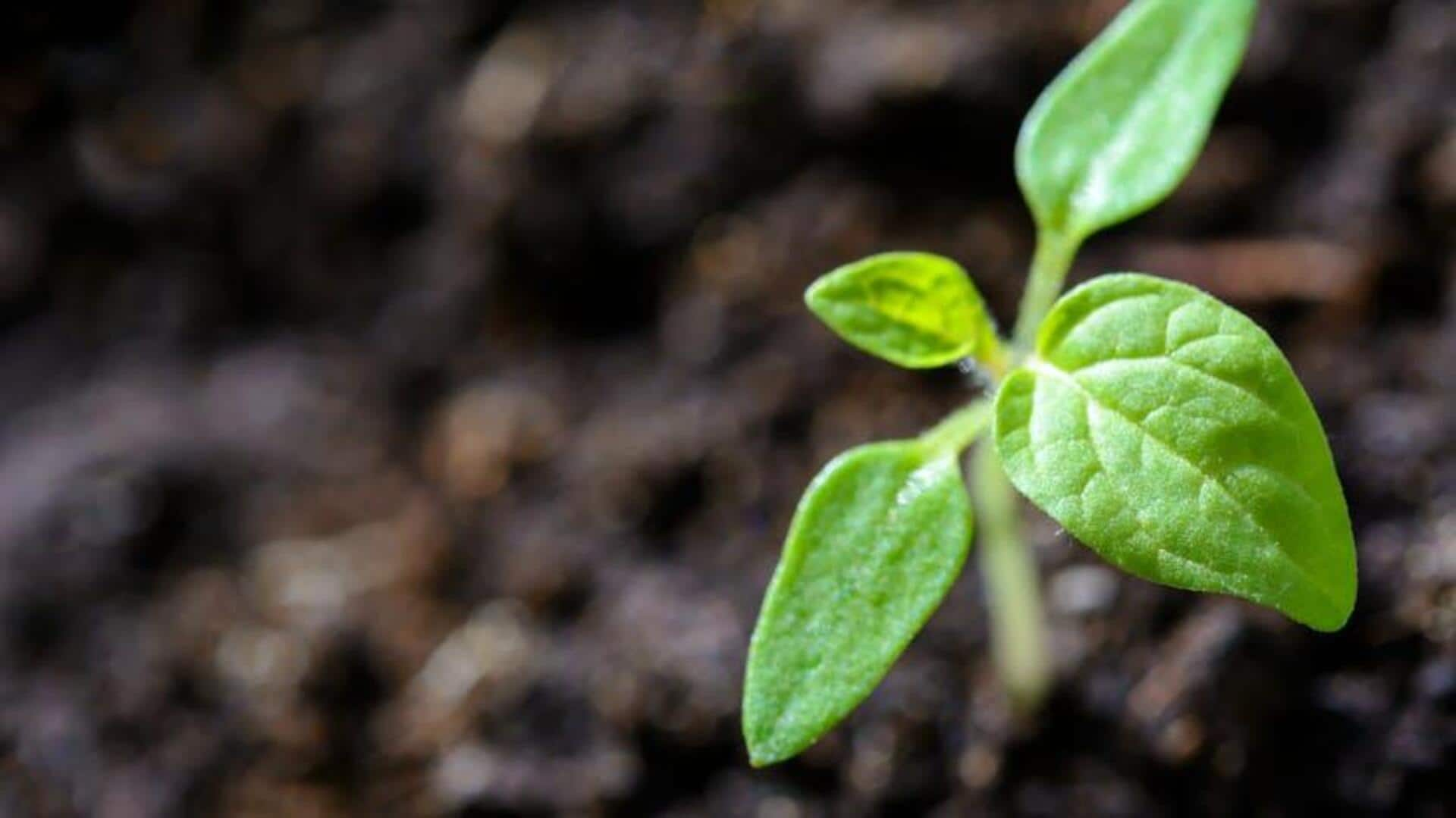
Air layering 101: How to grow more plants effortlessly
What's the story
Air layering is a propagation technique that can help you grow healthier houseplants. The method involves encouraging roots to form on a stem while it is still attached to the parent plant. It's especially useful for plants that are difficult to propagate through cuttings. By mastering air layering, you can expand your indoor garden without having to purchase new plants. Here's how.
Selection
Choosing the right plant
Not all houseplants can be air-layered. Stick to woody-stemmed plants like rubber trees or fiddle leaf figs, as they respond better to this technique. Make sure that the plant is healthy, and free of pests or diseases, before proceeding with the process. A healthy parent plant increases the chances of successful propagation.
Tools
Preparing your tools
Before you begin, gather a sharp knife, sphagnum moss, plastic wrap, and twist ties or string. Clean these tools with rubbing alcohol to prevent plant infections. This way, you can ensure the air layering process goes smoothly without any interruptions. It promotes successful propagation by keeping the incision site moist and protected. Thus, it encourages healthy root development on your houseplant.
Incision
Making the incision
Choose a spot on the stem where you want roots to appear and make an upward diagonal cut about one-third of the way through it. Be careful not to go too deep as that could mar the stem beyond repair. The incision should be clean and precise for optimal root development.
Rooting process
Encouraging root growth
Moisten sphagnum moss and wrap it around the incision site, covering it with plastic wrap held in place with twist ties or string. The moss should stay damp, but not too wet, during this time (typically a few weeks) until roots appear visibly through the plastic wrap.
Transplantation
Transplanting new plantlet
Once you see that the roots have grown sufficiently, cut carefully below them to separate the plantlet from the parent plant. Then, pot it into a soil-filled container appropriate for its new growth requirements. This way, you ensure that it's healthy even after transplanting, which is good for both you and the plant as it creates a thriving indoor garden environment.